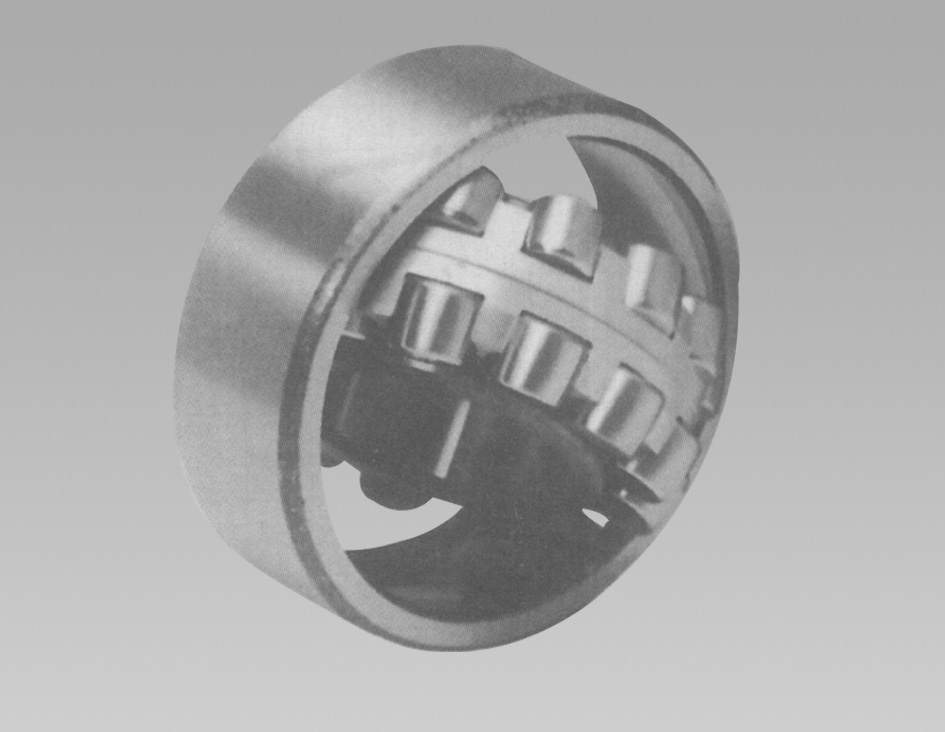
Aug . 05, 2024 01:07 Back to list
Assembly of Deep Groove Ball Bearings for Enhanced Performance and Durability in Mechanical Applications
Deep Groove Ball Bearing Assembly An Essential Component in Modern Machinery
Deep groove ball bearings are one of the most popular types of bearings used in various mechanical applications. Their unique design and functional advantages make them indispensable in industries ranging from automotive to aerospace. Understanding the components, assembly process, and applications of deep groove ball bearing assemblies can help businesses and engineers enhance performance and reliability in their machinery.
Understanding Deep Groove Ball Bearings
Deep groove ball bearings consist of an inner ring, an outer ring, a set of balls, and a cage that holds the balls in position. The precision-engineered grooves in the inner and outer rings allow for optimal alignment of the balls, reducing friction and enabling smoother rotational motion. This type of bearing is capable of accommodating both radial and axial loads, making it versatile for various applications.
One of the key features of deep groove ball bearings is their ability to function effectively at high speeds. The design minimizes heat generation and wear, contributing to longer service life and reduced maintenance costs. They are available in a variety of configurations, including single-row and double-row designs, which offers flexibility depending on the application's load requirements.
Assembly Process of Deep Groove Ball Bearings
The assembly of deep groove ball bearings is a critical step that impacts their performance and longevity. The process can be broken down into several key stages
1. Preparation of Components Before assembly begins, it's essential to ensure that all bearing components are clean and free of contaminants. Particles such as dust, metal shavings, or oil can impair the performance of the finished bearing.
deep groove ball bearing assembly

2. Installation of Balls The balls are carefully placed in the cage, which serves as a guide to maintain proper spacing and orientation. This is crucial for balanced load distribution and optimized performance.
3. Mounting the Inner Ring The inner ring is typically pressed onto the shaft, making sure it is positioned correctly to allow for free rotation of the balls within the outer ring.
4. Securing the Outer Ring The outer ring can be mounted into the housing or frame of the machinery. It's important to ensure that it is properly aligned to avoid misalignment, which could lead to premature bearing failure.
5. Lubrication Adequate lubrication is essential for reducing friction and preventing wear. Depending on the application, different lubricants may be used, such as grease or oil. Proper lubrication contributes significantly to the lifespan of the bearing.
6. Final Inspection After assembly, the completed bearing assembly undergoes thorough inspection and testing to ensure that it meets specific quality standards. Checks may include noise evaluation, vibration measurements, and dimensional analysis.
Applications of Deep Groove Ball Bearing Assemblies
Deep groove ball bearing assemblies are widely used in a variety of applications due to their robustness and reliability. In the automotive sector, they are found in engines, transmissions, and wheel hubs. In the manufacturing industry, they are used in conveyor systems, pumps, and electric motors. Additionally, these bearings play a crucial role in household appliances, such as washing machines and refrigerators, contributing to their functionality and efficiency.
In conclusion, deep groove ball bearing assemblies are vital components that enhance the performance and reliability of various machines and equipment. Their design allows for effective load handling, reduced friction, and longevity, making them an ideal choice for numerous applications. As technology continues to advance, the demand for high-performance bearings will only grow, reinforcing the importance of quality assembly processes and material selection in the manufacturing of deep groove ball bearings.
Latest news
-
Common Failures in Thrust Ball Bearings and Solutions
NewsAug.22,2025
-
How Tapered Roller Bearings Can Take Shock Loads
NewsAug.22,2025
-
Angular Bearings in High-Precision Spindles
NewsAug.22,2025
-
The Impact of Misalignment on Cylindrical Roller Bearing Performance
NewsAug.22,2025
-
The Role of Cage Design in Deep Groove Ball Bearing Durability
NewsAug.22,2025
-
The Impact of Material Quality on Machinery Bearings’ Lifespan
NewsAug.22,2025
